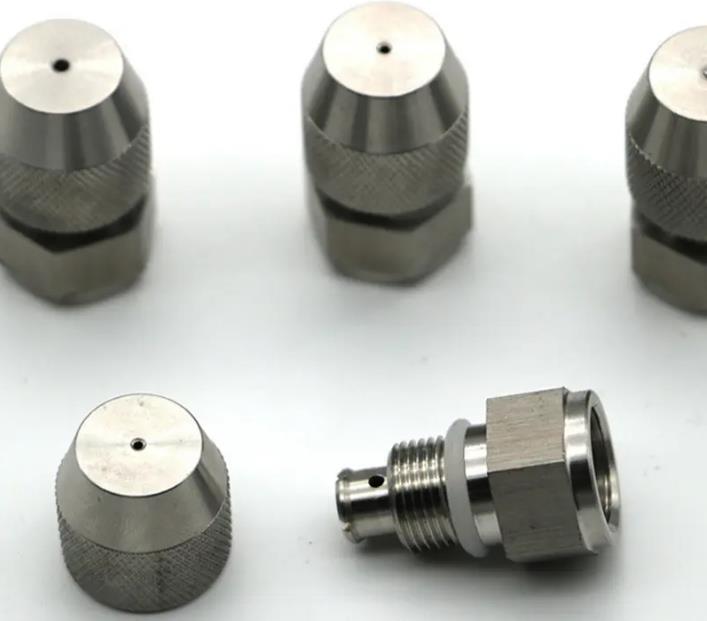
First, the basic requirements for atomizing nozzles
1, On the basis of meeting the conventional performance of the atomizing nozzle, to ensure good spray quality2, The structure is simple, compact, easy to replace and maintain, that is, to reduce the difficulty of processing and the adverse impact on the performance of the atomizing nozzle (such as drop loss, leakage and blockage, etc.).
3, Lasting and reliable work
The above several basic requirements are closely related to the atomizing nozzle, and they are related to the working medium performance of the atomizing nozzle, working conditions (working parameters), design quality, processing quality, and material selection of the atomizing nozzle.
The above three points can be seen that to meet its requirements, it must be designed correctly and reasonably, must be high-quality material selection, must be carefully manufactured (content assembly) and tested, and can withstand long-term reliable work.
The following is mainly on the atomizing nozzle material selection, manufacturing process (assembly) and other aspects of a more comprehensive introduction, but also one of the key atomizing nozzle technology.
Second, the material requirements for atomizing nozzle parts
1, To meet the working temperature requirements, that is, heat resistance. For example, the working temperature of most atomizing nozzles used in non-combustion equipment is below 1 50 degrees, and the working medium pressure is not high, so engineering plastics are more used. However, there are some exceptions, such as high working pressure and low working temperature, metal materials (such as brass, stainless steel and even ceramic materials) need to be selected. Atomizing nozzles are used in combustion devices such as industrial furnaces, boilers, internal combustion engines, aviation and ground gas turbines, and liquid rocket engines.2, The choice of atomizing nozzle material should have enough rigidity to prevent deformation, atomizing nozzle using engineering plastics at working temperature can prevent elastic and plastic deformation. Metal materials can also prevent deformation as long as they are at the right temperature.
3, To have enough hardness to reduce abrasion. Some parts of the atomizing nozzle are washed by the high-speed jet of the working medium particles (the drop speed can reach more than 300m/s), or the atomizing nozzle shell is used as a supporting point, which will cause abrasion in long-term work. The supply state and hardness of the metal material alone are not enough, and the heat treatment process is generally adopted to improve its hardness.
4, The choice of atomizing nozzle material must have a certain degree of thermal corrosion resistance and corrosion resistance.
5, The selection of atomizing nozzle material should also consider the processing and economy of the selected material. If some metal machinability (such as cutting processing) is not good, heat treatment of the original material can be taken to improve the machinability. Some special purpose atomizing nozzles can incorporate air to reduce the abrasion of the nozzle, without having to choose special expensive wear-resistant materials. For example, at present, the atomizing nozzles used in industrial furnaces and boilers are mostly stainless steel.


